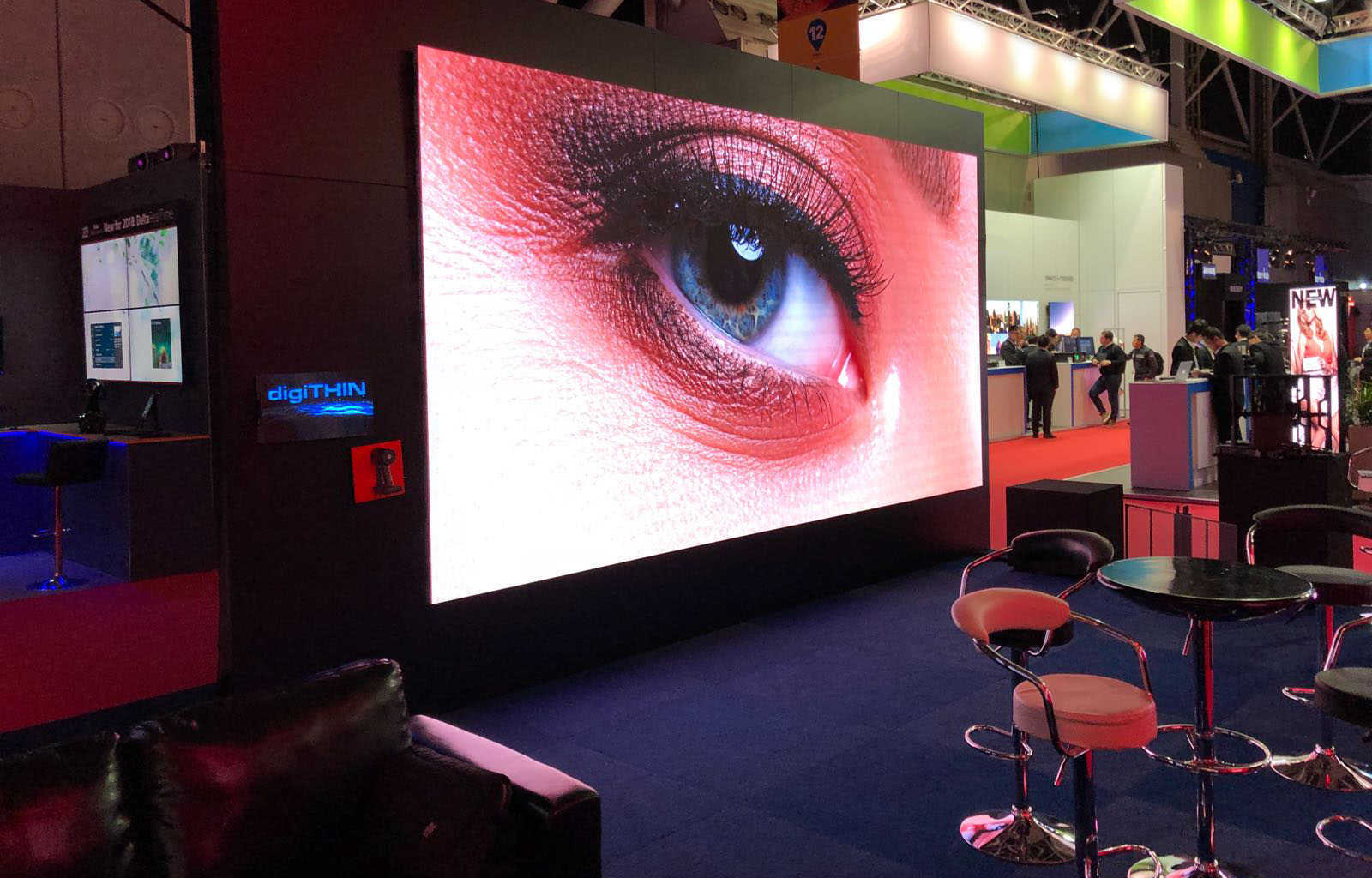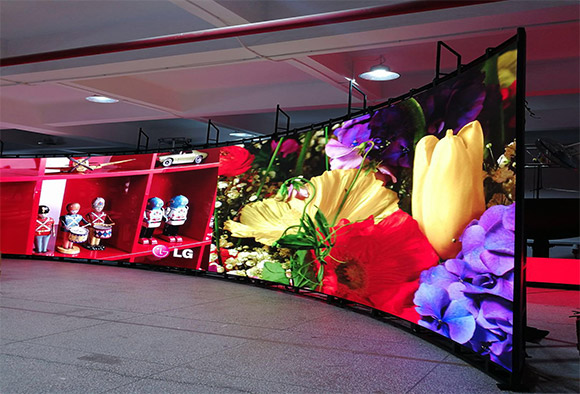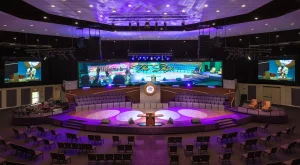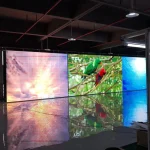Altar Screens; Ultimate Guide to Setting Up for Churches in Nigeria
Altar Screens; Ultimate Guide to Setting Up for Churches in Nigeria
Altar screens are transforming worship experiences in churches across Nigeria. Whether you’re displaying song lyrics, Bible verses, sermon slides, or live streams, altar screens help engage the congregation and enhance communication.
If your church is considering installing altar displays, this complete guide will walk you through everything—from choosing the right screen to setting it up and ensuring smooth operation.
Why Altar Screens Are Essential for Churches
Churches are increasingly adopting altar screens for several reasons:
- First, they enhance the worship experience by making it easier to follow songs, prayers, and scriptures.
- Additionally, they improve communication by displaying announcements, sermon points, and event updates clearly.
- Moreover, they boost engagement, as visuals help keep the congregation focused and connected.
- Finally, altar displays support seamless live streaming by enabling hybrid services that connect to online platforms.
How to Choose the Right Altar Screens
Before purchasing altar screens, consider these factors:
1. Select the Best Screen Type
There are different types of altar displays to choose from:
- LED Screens – Ideal for large churches due to their brightness and visibility.
- Projectors & Screens – More affordable but work best in dim lighting.
- TV Displays – Great for small to medium-sized churches with limited budgets.
2. Determine the Right Screen Size and Placement
When choosing altar displays,
- ensure they are large enough for clear visibility.
- Position them centrally, either behind or above the pulpit, for maximum effectiveness.
- Furthermore, if your church is large, consider using multiple altar displays to ensure better coverage.
3. Check Connectivity & Software Compatibility
Your altar screens should:
- Support HDMI, VGA, or wireless connections.
- Be compatible with church presentation software like EasyWorship, ProPresenter, or OpenLP.
Once you’ve chosen the right altar displays, it’s time to set them up!
Step-by-Step Guide to Setting Up Altar Screens
Step 1: Assess Your Church’s Needs
Before setting up altar displays, consider:
- Budget – What can your church afford?
- Congregation Size – Will one altar screen be enough, or do you need multiple?
- Lighting Conditions – If the church is well-lit, LED altar displays work best.
Step 2: Purchase High-Quality Altar Screens
To ensure durability and top performance, it’s crucial to buy altar screens from a trusted supplier. One of the best options available is LED Express, a leading provider of high-quality LED altar displays in Nigeria.
Why choose LED Express?
- Premium LED altar screens with excellent brightness and clarity.
- Reliable customer support for installation and maintenance.
- Competitive pricing with options for different church sizes.
- Nationwide delivery for convenience.
You can explore their selection and make inquiries directly at LED EXPRESS
Instead of purchasing from unreliable sources, trust LED Express for altar displays that enhance your church’s worship experience.
Step 3: Install Altar Screens Securely
During installation, make sure to:
- Securely mount altar displays on a stand or wall to ensure stability.
- Additionally, position them for clear visibility from every angle in the church.
- Finally, connect the screens to a computer or media source for seamless operation.
Step 4: Install and Configure Presentation Software
Altar screens work best with church-friendly presentation software. Some great options include:
- First, EasyWorship is perfect for displaying scriptures and lyrics with ease.
- Meanwhile, ProPresenter is ideal for professional presentations and seamless media integration.
- If you’re looking for a free option, OpenLP is a great open-source alternative for churches.
Step 5: Train the Media Team
To ensure smooth operation, your media team should:
- First, learn how to control altar screens and troubleshoot any issues that arise.
- Next, conduct a test run before every service to ensure everything functions smoothly.
- Finally, keep backup cables and settings ready in case of technical problems.
Common Challenges & Solutions
Even with proper planning, you may encounter challenges. Here’s how to solve them:
- If you’re struggling with poor visibility, upgrade to brighter LED altar displays for a clearer view.
- When dealing with technical issues, train your media team regularly and always keep backup connections.
- If budget constraints are a concern, start with a projector and gradually upgrade to LED altar displays.
- To enhance engagement, use high-quality visuals and well-designed slides to capture attention.
- Finally, if you’re experiencing installation challenges, seek professional assistance to ensure proper setup and positioning.
Final Thoughts
Altar screens are a powerful tool for enhancing worship services in Nigerian churches. Whether you choose LED altar screens, projectors, or TV displays, the key is selecting the right equipment, installing it properly, and ensuring your media team is well-trained.
If your church is considering installing altar screens, now is the perfect time to invest. Do you need help choosing or setting up altar displays? Let us know in the comments!











